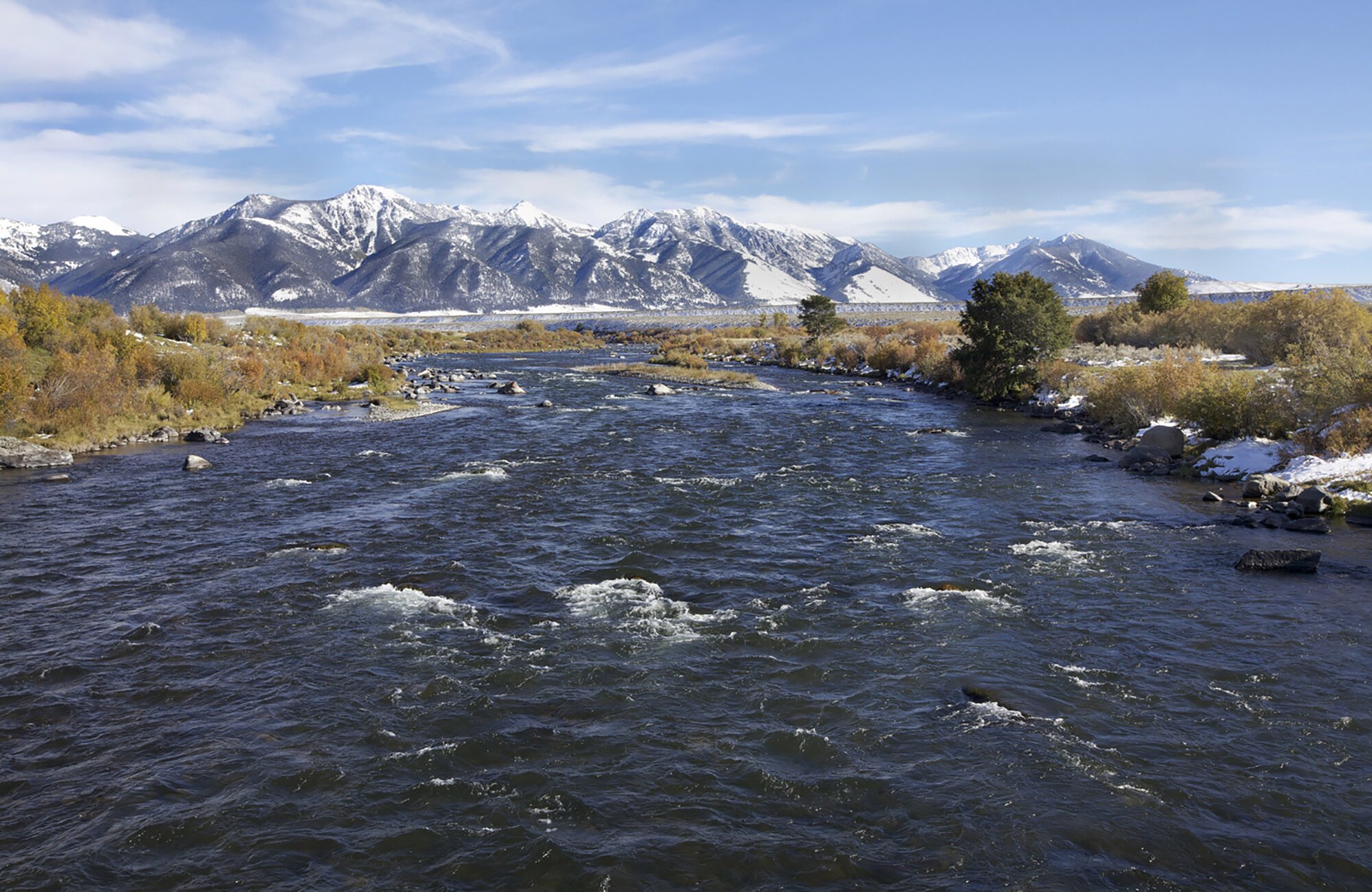
WATER AVAILABILITY
Our landscape and water resources are critical to the economy, public welfare, and the quality of life in our communities. Each year, development and land uses modify these resources. As more and more development surrounds us, the pressures to develop Raynolds Pass are increasing—which can be to the detriment of the very qualities that attracted buyers in the first place. Without drinkable water, our properties have greatly reduced value in both enjoyment and financial benefit. Protecting our water resources by planning ahead is an important goal.
Groundwater
WHAT IS HAPPENING TO GROUNDWATER?
“Hidden below the surface, groundwater makes up 99% of Earth’s liquid fresh water and plays an important role in the water cycle. Rivers, lakes, and wetlands are surface manifestations of groundwater, exchanging flow with the groundwater reservoir that feeds them when they need water and takes some of their flow when surface water is present in excess.
Modern scientific measurements show that many major aquifers (groundwater reservoirs) of the world are being depleted. Such depletion can lead to decrease in stream flow, drying of springs or wetlands, loss of vegetation, water-level declines in wells, and land subsidence. Yet another threat to groundwater is pollution resulting from human activity, generating chemicals and wastes that have leaked into the subsurface. Pollution degrades the quality of groundwater and poses a threat to human and ecological health.” - The Groundwater Project, Groundwater-Surface-Water Exchange, see Resources page.
“In general, as people drill deeper wells, the likelihood of arsenic contamination increases, according to Dr. Smith, now a professor at Colorado State University. And as shallower groundwater supplies are depleted, he said, more people are drilling deeper wells.” - NY Times, see Resources page.
WHAT ABOUT OUR GROUNDWATER?
The aquifers in the Upper Madison Valley exist within fractured bedrock which can be challenging to replenish. Drought and overuse are the largest challenges. Southwestern Montana is experiencing over 20 years of drought and climate change will worsen the condition. In our valley we need a heavy snowpack every year to allow for gradual release of water to allow surface water to seep through the ground to replenish aquifers. A warmer climate means more rain and less snow. Rain often runs off the ground before the water can find its way through the cracks and fissures of bedrock to the aquifers.
With diminishing aquifer water levels and an uncertainty about the rate of replenishment, land with limited water resources can support only a finite number of people and uses.
Property owners in multiple locations such as Continental Divide, Sportsman’s Paradise, Wagon Track, and Madison River Ranches report shrinking well water levels, and new homes are chasing water levels deeper and away from hillsides to find their water supply.
Ranchers state that surface water used for cattle is diminishing and the flow is not as strong as in the past.
Arsenic has been found in well water in the Raynolds Pass area.
